The Spiritual Bonds between Russia and Greece: Valaam and Athos
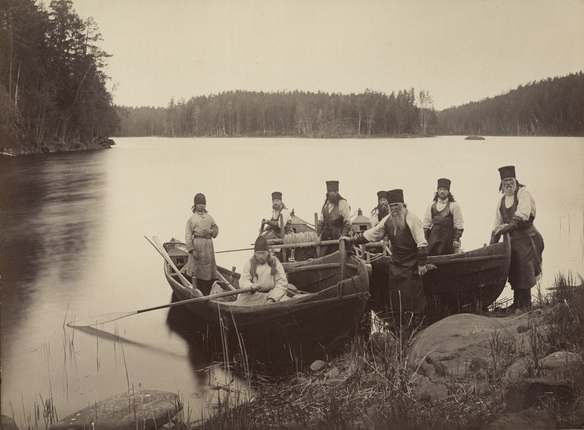
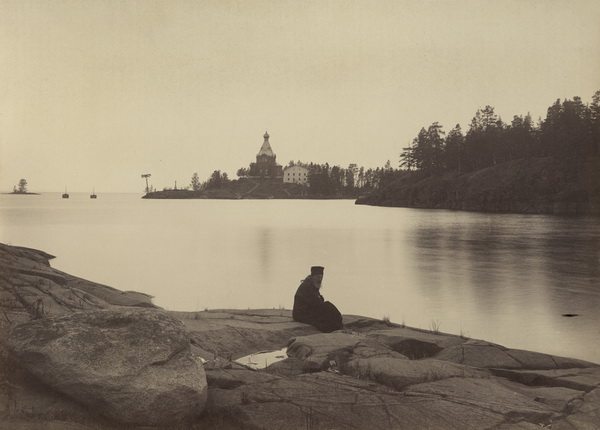
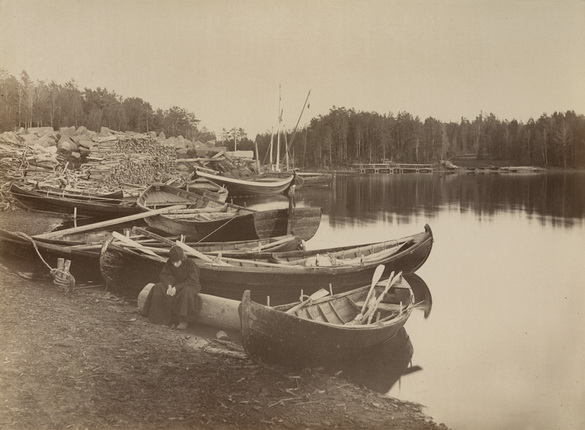
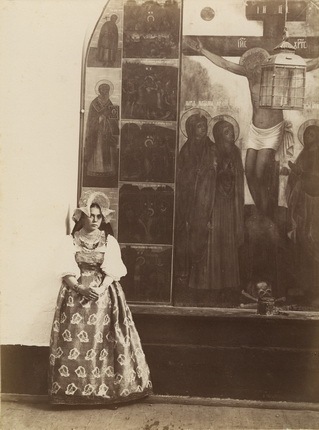
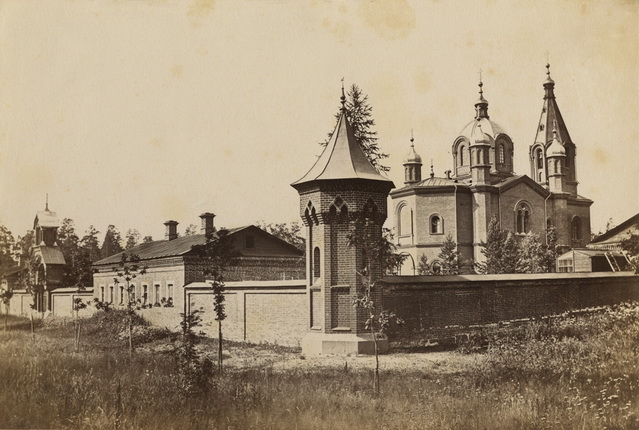
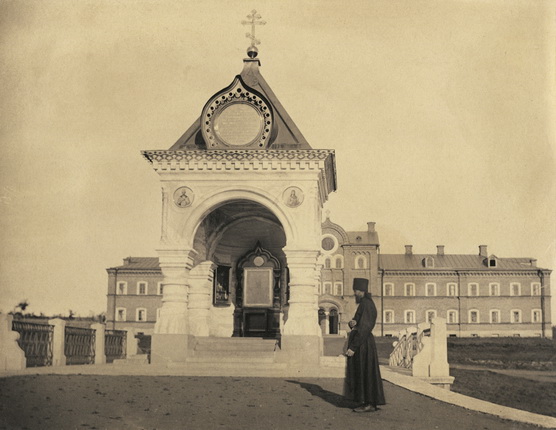
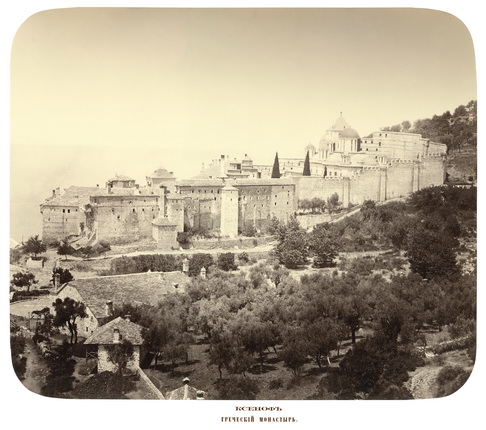
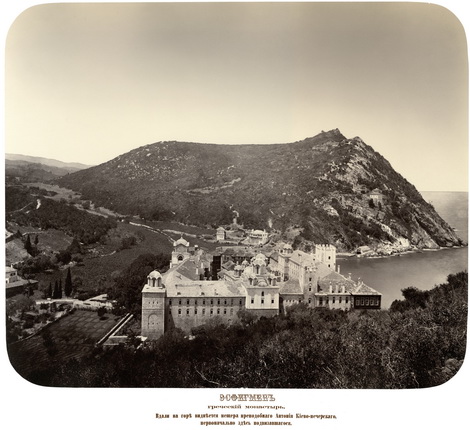
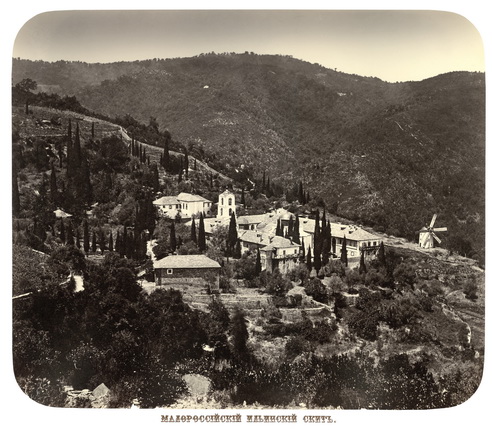
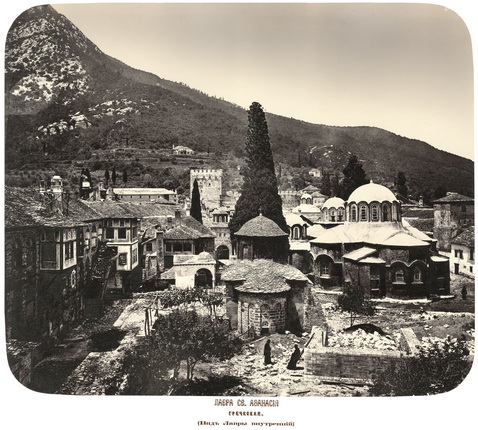
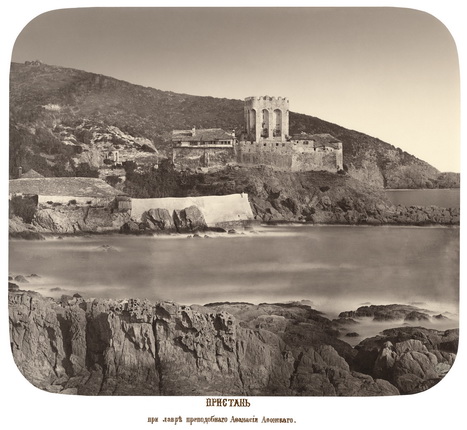
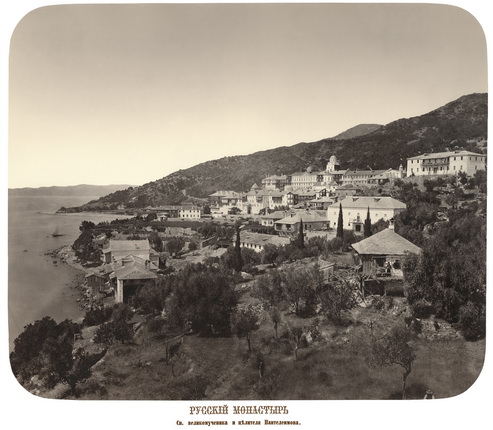
Monks from Valaam Monastery fishing. From the album 'Views of Valaam Monastery'. 1887. Courtesy of the National Library of Russia, St. Petersburg
Monk with St. Nicholas Skete in the background. From the album 'Views of Valaam Monastery'. 1887. Courtesy of the National Library of Russia, St. Petersburg
Boats by the shore at Valaam. From the album 'Views of Valaam Monastery'. 1887. Courtesy of the National Library of Russia, St. Petersburg
Young girl in national costume. From the album 'Views of Valaam Monastery'. 1887. Courtesy of the National Library of Russia, St. Petersburg
Skete of All Saints at Valaam. Architect A.M. Gornostaev. Photograph of 1867. Courtesy of the National Library of Russia, St. Petersburg
Chapel of the Holy Sign on the island of Valaam, built in memory of a visit by His Imperial Majesty the Tsar in 1858. Architect A.M. Gornostaev. Photograph of 1867. Courtesy of the National Library of Russia, St. Petersburg
Xenophontos. Greek monastery on Holy Mount Athos. From the album of Grand Duke Konstantin Konstantinovich Romanov, 'Monasteries and Sketes of Holy Mount Athos'. 1881. Courtesy of the Indrik publishing house
Esphigmenou. Greek monastery on Holy Mount Athos. Visible on the mountain in the distance, the cave of St. Antony of Pechersk, the first to pursue his faith here. From the album of Grand Duke Konstantin Konstantinovich Romanov, 'Monasteries and Sketes of Holy Mount Athos'. 1881. Courtesy of the Indrik publishing house
Skete of St. John the Baptist (Little Russian Skete of St. John the Baptist), belonging to the Greek monastery of the Pantokrator on Holy Mount Athos. From the album of Grand Duke Konstantin Konstantinovich Romanov, 'Monasteries and Sketes of Holy Mount Athos'. 1881. Courtesy of the Indrik publishing house
Great Lavra (Lavra of St. Athanasios) on Holy Mount Athos. From the album of Grand Duke Konstantin Konstantinovich Romanov, 'Monasteries and Sketes of Holy Mount Athos'. 1881. Courtesy of the Indrik publishing house
Mooring of the Great Lavra (Lavra of St. Athanasios) on Holy Mount Athos. From the album of Grand Duke Konstantin Konstantinovich Romanov, 'Monasteries and Sketes of Holy Mount Athos'. 1881. Courtesy of the Indrik publishing house
Russian monastery of St. Panteleimon the Great Martyr and Healer on Holy Mount Athos. From the album of Grand Duke Konstantin Konstantinovich Romanov, 'Monasteries and Sketes of Holy Mount Athos'. 1881. Courtesy of the Indrik publishing house
-
Vyatskopolyansky Historical Museum,
Vyatskiye Polyany 19.12.2015 — 28.02.2016 -
Chuvash state art museum,
Cheboksary 12.11.2015 — 12.12.2015 -
Russian Art Gallery,
Kazan 04.10.2015 — 08.11.2015 -
Holy Mother of God of Kazan Monastery,
Vinnovka 04.06.2015 — 28.09.2015 -
Samara Eparchial Museum of Russian Orthodox Church History,
Samara 16.03.2015 — 24.04.2015 -
Hadjikyriakos-Ghikas Gallery, Hellenic American Union,
Athens 10.11.2014 — 29.11.2014
About
For many centuries the peoples of Russia and Greece have been linked by a common history, culture and religion. The photographs exhibited come from Valaam Monastery and Holy Mount Athos, two centres of culture and Orthodox religion, and present a historical testimony to the sublime spiritual life and spread of Christianity and monasticism in our countries, to the way a living spiritual tradition is carefully preserved and passed from one generation to the next.
The exhibition is based on classic photographic chronicles of two world-famous monasteries — photographs from two albums: ‘Views of Valaam Mo...
MoreFor many centuries the peoples of Russia and Greece have been linked by a common history, culture and religion. The photographs exhibited come from Valaam Monastery and Holy Mount Athos, two centres of culture and Orthodox religion, and present a historical testimony to the sublime spiritual life and spread of Christianity and monasticism in our countries, to the way a living spiritual tradition is carefully preserved and passed from one generation to the next.
The exhibition is based on classic photographic chronicles of two world-famous monasteries — photographs from two albums: ‘Views of Valaam Monastery’ of 1887 from the collection of the National Library of Russia (St. Petersburg) and ‘Monasteries and Sketes of Holy Mount Athos’ of 1881 (the album was presented to Grand Duke Konstantin Konstantinovich Romanov and the materials presented are courtesy of the Indrik publishing house (Moscow), who issued them in an academic volume).
Historians are divided over the date the Valaam Monastery was founded. Some connect it to the dawn of Christianity in Rus, others ascribe it to a later period. During its heyday from the 15th to 16th centuries Valaam Monastery was the focus and model of monastic life for the entire northern territory, comparable to the Kiev Pechersk Lavra in southwest Russia and the Trinity Lavra of St. Sergius in the central region.
After destruction in 1611 the monastery lay desolate for practically 100 years until Peter the Great issued a decree on restoration of the monastery and allocation of the necessary funds in 1715. The monastery was restored to life and churches, chapels, sketes and a guesthouse for pilgrims were refurbished. The monastery took fatherly care of its pilgrims: they were fed and given bread, seeds for sowing, hay, vegetables and alms. In the depths of winter they would set off across the lake for Valaam without footwear or warm clothing, hoping to live a few days on provisions from the monastery and receive a charitable donation towards the journey. There was no doctor and no medicines available for miles around, so the local population also visited the monastery for medical assistance.
A visit by Emperor Alexander I in 1819 was a significant event for the monastery. The reputation of this congenial monastery began to spread across Orthodox Russia and beyond its boundaries. Visitors even came from the monasteries on Mt. Athos. In 1858 the Imperial family paid a visit. The monastery flourished and established its position in the 19th century, as shown by the photographs, a very special historical source for detailed documentation of the buildings and a chronicle of monastery life. In the early 20th century there were 13 sketes at Valaam Monastery. These age-old monastic traditions of Valaam, as in other Russian monasteries, were interrupted by years of persecution from the theomachists. The existence of the surviving photographs and analogous testimony of the late 19th and early 20th centuries assist in precise reconstructions of the Valaam Monastery buildings after the ordeals, decline and oblivion endured in the 20th century. Apart from documentary confirmation about the monastery buildings, the photographs preserve a memory of the landscapes of bleak Valaam still untouched by descendants, and provide rare testimony of daily life on an everyday basis (the monks at work, pausing for a repast, fishing, etc.).
Athos is a major centre and stronghold of Eastern Christian monasticism. In 2003 the publication of photographs featuring the monasteries and sketes of Holy Mount Athos was proposed by associate member of the Russian Academy of Sciences G.I. Vzdornov, who discovered the Athos photo album in an archive at the St. Petersburg branch of the RAS Institute of Archaeology. As shown by the inscription, the album belonged to Konstantin Konstantinovich Romanov and was presented during his pilgrimage to Athos in 1881. Grand Duke Konstantin Konstantinovich arrived at Athos on the evening of August 14th 1881, on the Greek schooner Giuseppe. From the 15th to 18th August he visited the St. Panteleimon Monastery, Old Roussik, Karyes, Protat, St. Andrew Skete, the Iberian Monastery, St. Elijah Skete, Xilourgou Skete, Vatopedi and Zograf. On 18 August the Grand Duke was presented with the photo album as a souvenir and from 1881 to 1915 it was his private property kept at the Marble Palace, the Grand Duke’s residence. Today the album is preserved in the photo archive of the History of Material Culture Institute in St. Petersburg. As work progressed it was discovered that another four analogous albums belonged to the tsar’s family and were gifted in different years to Grand Duke Alexei Alexandrovich, the Empress Maria Alexandrovna, Emperor Alexander III and probably Emperor Alexander II, on behalf of the Russian Panteleimon Monastery.
The photographs of the Holy Mount from the royal albums are the first detailed photographic record of all the Athos monasteries and some of the sketes of the Holy Mount, captured between 1867 and 1872 by photographers and inhabitants of the St. Panteleimon Monastery Father Leonty and Father Gennady, and printed in the Russian Panteleimon Monastery studio. The aim of the photographs was not only a documentary record of the buildings of Athos monasteries and sketes, but also a desire to portray to greatest advantage the landscapes and principal sights on the Holy Mount. None of the Athos monasteries that still stand have been preserved intact — in the second half of the 19th to early 20th century many of the buildings were reconstructed. However, when the photographs in Grand Duke Konstantin’s album were taken the renovation had only just begun and consequently these unique images also give a representation of Athos in the 17th to 18th centuries, before large cathedrals and other extensive buildings appeared.
Especially admirable is the initiative by the monks of Roussik headed by Schema Hieromonk Hieronymy, who commissioned Fr. Leonty and Fr. Gennady to record Athos in large-format photographs. Many of the views they selected have become classics and are familiar from later photo albums devoted to the Holy Mount. The absence of random points of view, the wish to represent every monastery and skete from the most advantageous positions, the care taken to photograph monasteries in such a way that the general view also emphasised characteristic features of the monastery without eclipsing the most notable structures, and finally, the wholly professional skill of achieving the best possible image resolution — all these qualities are displayed in full measure in their photographs. Moreover this is a photographic documentary representation of Athos as it had developed by the mid-19th century, nine centuries since these ancient monasteries were founded.
Museum collaborations
For further enquiries please contact
Julia Beigun
+7 (495) 637-11-22 ext. 218
beigun@mdf.ru

